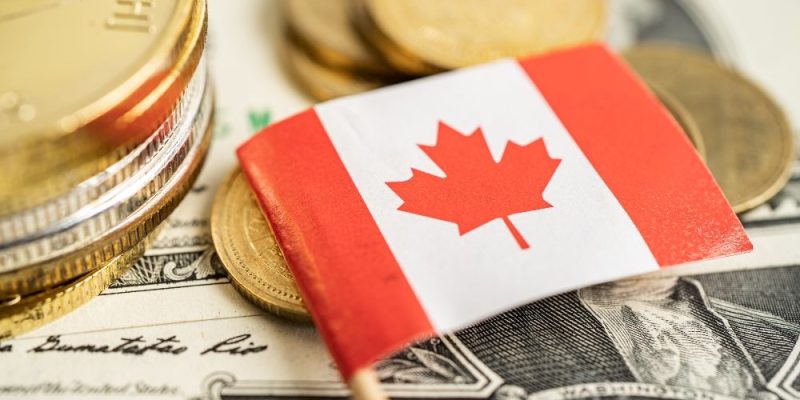
Canada’s inflation rate rose to 2% in October, surpassing market expectations and reflecting a notable shift in the country’s economic dynamics.
This surge, driven by rising gasoline prices, marks a significant leap from the previous month’s 1.6% and exceeds analysts’ forecasts of a more moderate 1.9%.
Despite the increase, experts suggest that inflation remains within the Bank of Canada’s target range for the third consecutive month, signaling a controlled but complex economic environment.
Inflation drivers: Gasoline and transportation costs
The primary contributor to the inflation rise was a shift in gasoline prices, which had dropped 10.7% in September but showed a weaker year-over-year comparison in October, leading to a 4% decline.
This change significantly impacted transportation costs, which saw a sharp increase to 0.2%, compared to a -1.5% rate in September.
These fluctuations highlight the crucial role energy commodity prices play in shaping overall inflation trends.
Food and housing inflation presented mixed signals. Food inflation rose slightly to 3% from 2.8%, while shelter inflation softened marginally, falling from 5% to 4.8%.
These varied trends underscore the complexity of inflationary pressures in Canada.
Grocery prices rise faster than overall inflation
October saw a faster year-over-year increase in food prices from retailers (+2.7%) than September (+2.4%).
For the third consecutive month, grocery prices increased faster than headline inflation.
Price increases for other fresh vegetables (+7.3%) and preserved fruit and fruit preparations (+7.6%) were significant factors in the acceleration.
Among other foods, the increase was tempered by downward pressure from fresh or frozen beef in October (+7.0% versus +9.2% in September).
The loonie strengthens despite inflationary pressures
Despite inflationary challenges, the Canadian dollar, or loonie, strengthened against the US dollar, breaking through the 1.4 mark.
This shift followed stronger-than-expected inflation data, signaling renewed investor confidence in Canada’s economic resilience.
The currency’s rise is also linked to subdued expectations of aggressive rate cuts by the Bank of Canada, following the higher-than-expected core inflation rate of 2.6% in October, up from 2.4% in September.
Canada’s economy showed strength through favorable data, including a lower-than-expected unemployment rate and positive Purchasing Managers’ Index (PMI) readings.
These strong economic indicators have tempered expectations for a significant rate reduction, reinforcing the central bank’s cautious stance.
However, the loonie’s gains were somewhat limited by the strength of the US dollar, which was bolstered by the prospect of a less-dovish Federal Reserve, as well as concerns about potential US sanctions on Canadian exports.
The post Canada’s inflation hits 2% in October amid rising gas prices appeared first on Invezz












